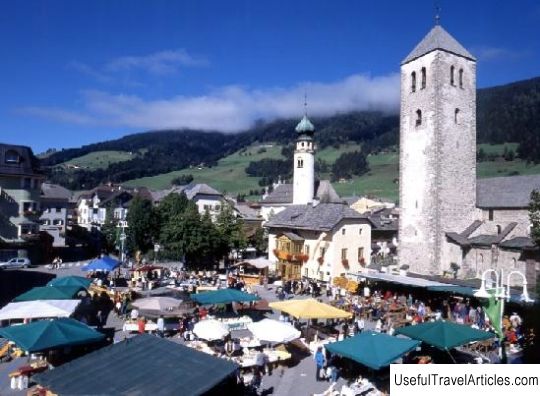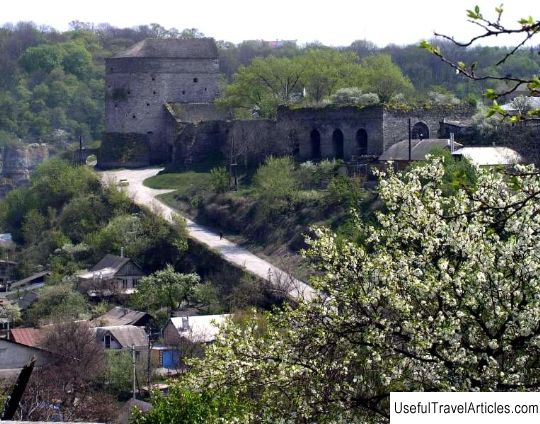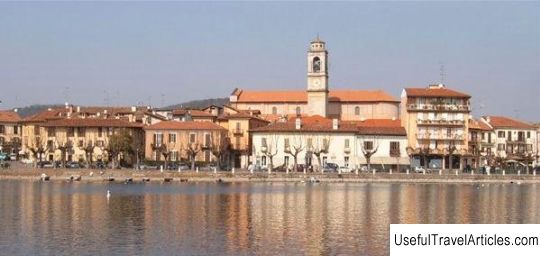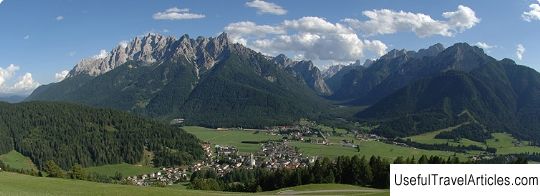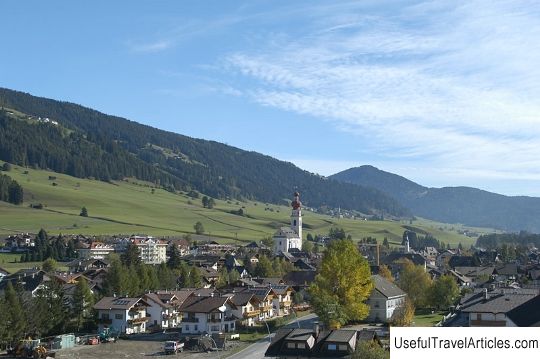Sesto (Sesto) description and photos - Italy: Alta Pusteria
Rating: 8,2/10 (789 votes) 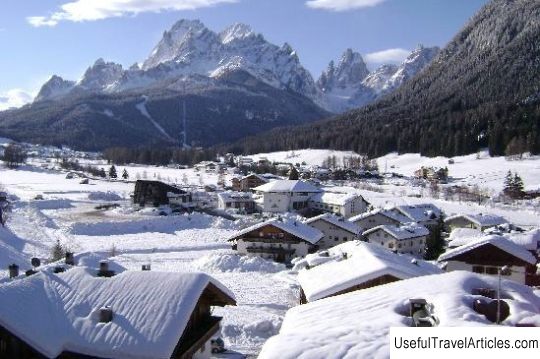
Sesto description and photos - Italy: Alta Pusteria. Detailed information about the attraction. Description, photographs and a map showing the nearest significant objects. The title in English is Sesto. Photo and descriptionSesto is a small town in the Alta Pusteria ski resort with a population of about 2 thousand people. In 965, the entire valley, by order of Emperor Otto I, became the property of the Innichen monastery. Even then, she was known under the name Sexta, which comes from the Latin word for six. In the Middle Ages it was renamed Valle Sexta, and already in the 19th century Sesto became a recognized mountain resort. During the First World War, there was a war zone in the vicinity of the Tre Cime di Lavaredo peaks. From those times to the present day, boulders with loopholes have survived. Today Sesto is a charming town, a world famous winter and summer resort. Original Tyrolean huts, sculptures, natural monuments, and the cultural traditions of these places make Sesto a real pearl of the Alta Pusteria. Of the city's attractions, it is worth noting the Rudolf Stolz Museum, which exhibits over 160 works of the self-taught artist. In the first half of the 20th century, he was one of the most famous artists in Tyrol. His most famous work, Dance of the Dead, can be seen in the Sesto Cemetery. The open-air museum dedicated to the First World War is also of interest - you can see the cable cars, warehouses, firing positions, communications and tunnels built in those years. Unfortunately, much of the evidence of that war has been destroyed over the years, but what remains is certainly worth considering. Of the religious buildings of Sesto, the church of Saints Peter and Paul stands out, built in the first half of the 19th century. Its vaults are painted with frescoes by Albert Stolz. And at the nearby cemetery you can see not only the graves of local mountain conquerors, but also wooden and stone sculptures made by Tyrolean craftsmen. You can also see the Church of St. Joseph in Moos, built in 1679, the Ausserroggen chapel in the mid-19th century, Valentine's chapel in Bad Moos and the Fatima chapel in Troien, which was built by the couple as a vow that their son returned alive war.      We also recommend reading Basilica of St. Nicholas (Basilica di San Nicola) description and photos - Italy: Bari Topic: Sesto (Sesto) description and photos - Italy: Alta Pusteria. |
